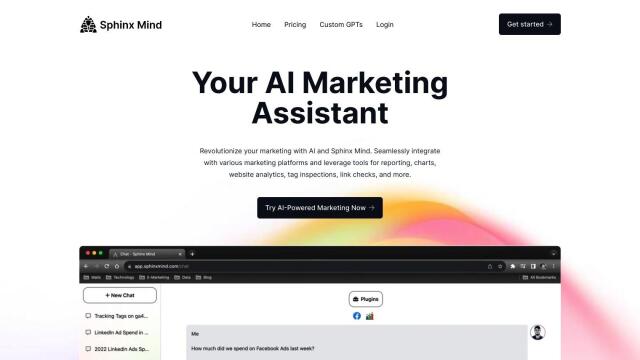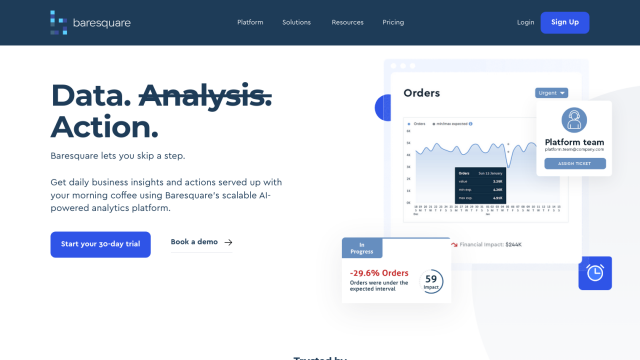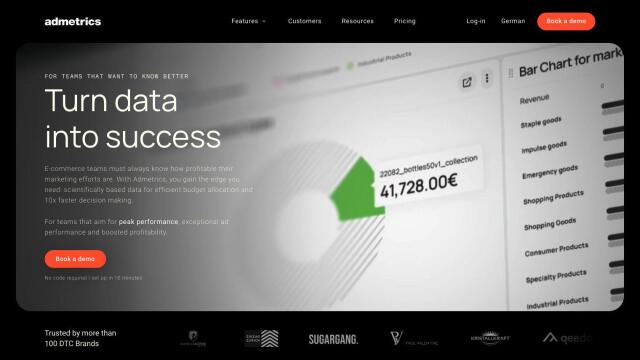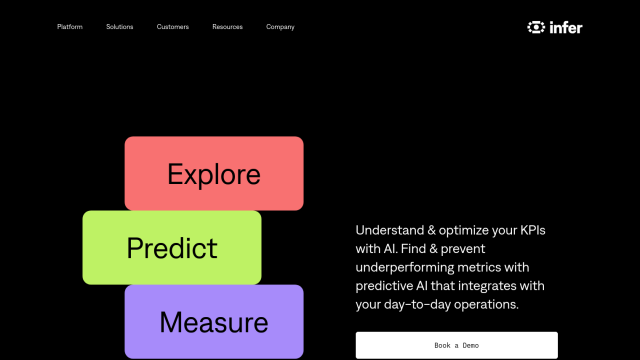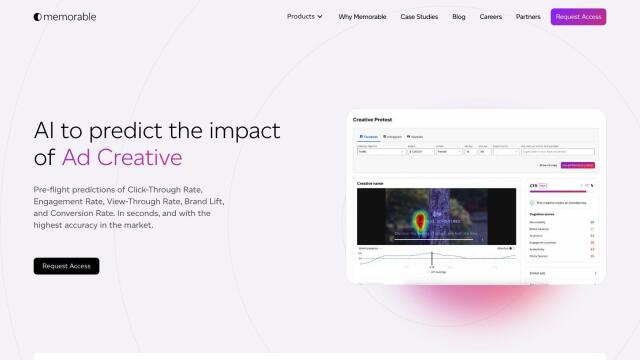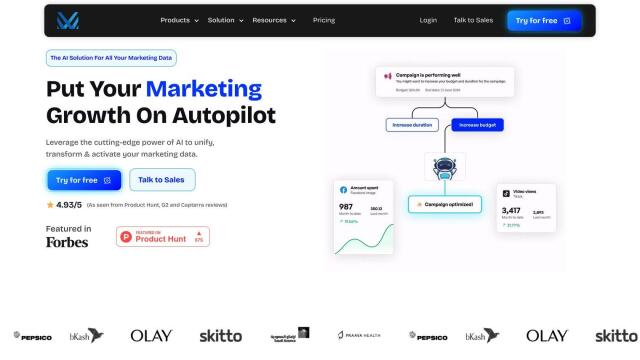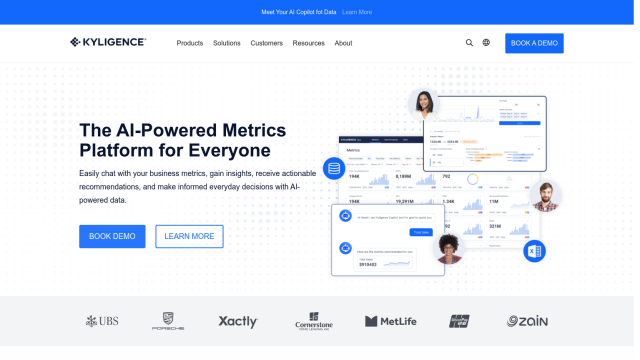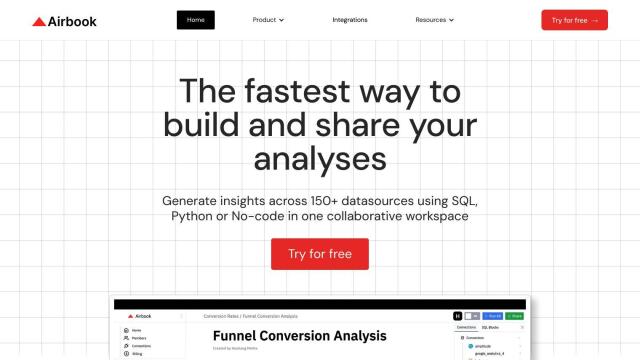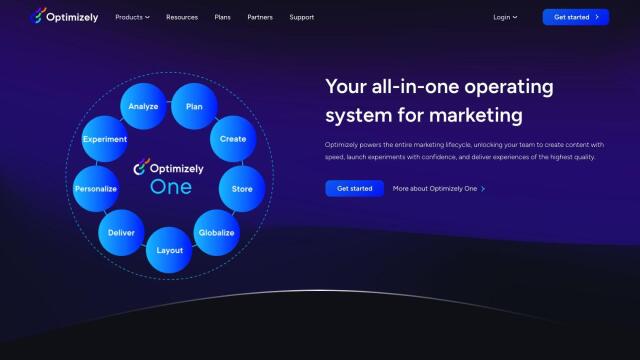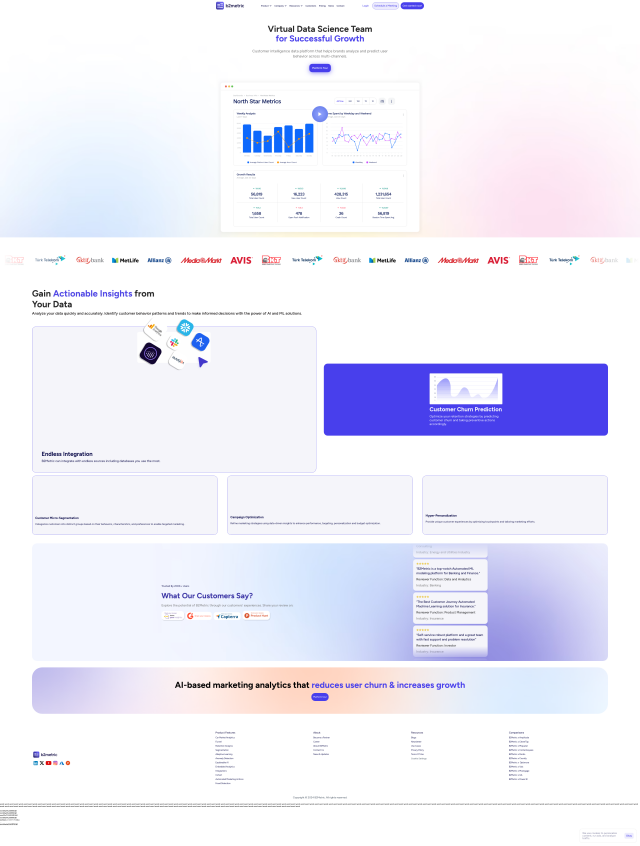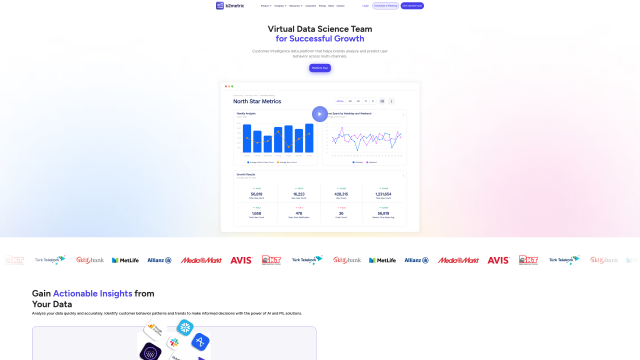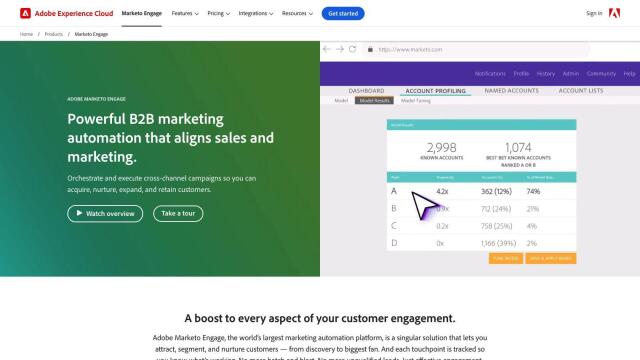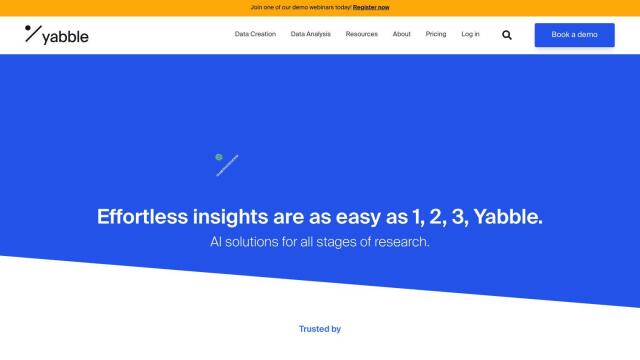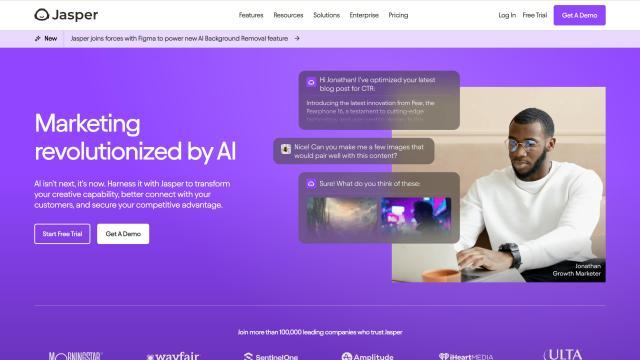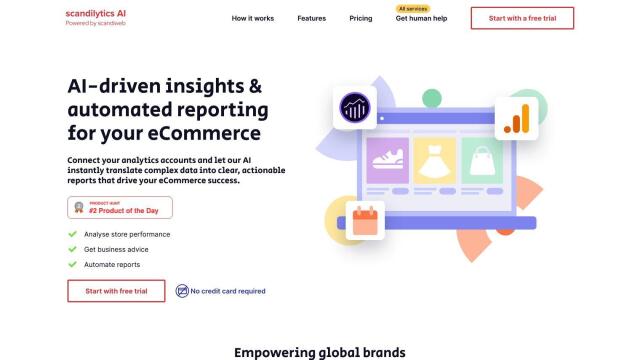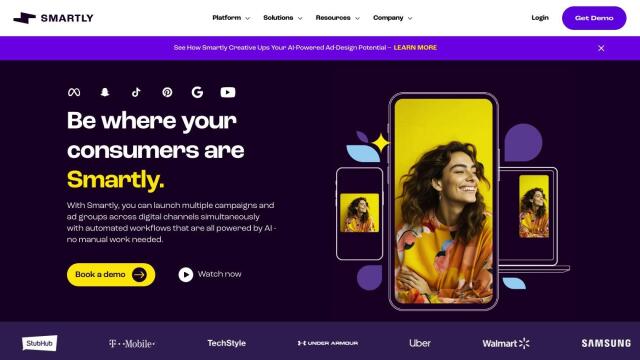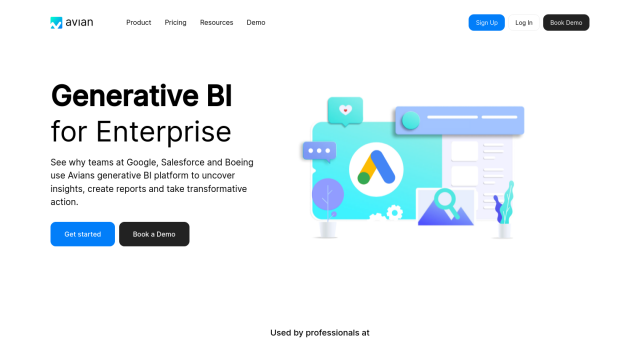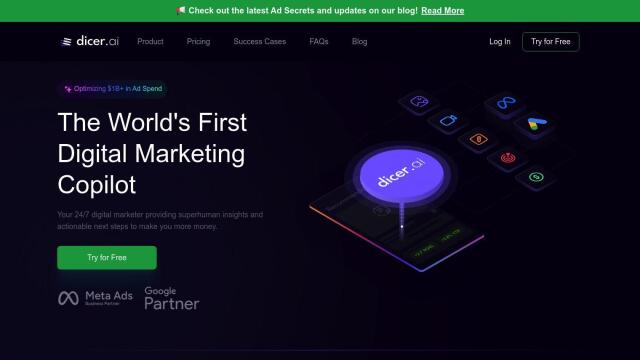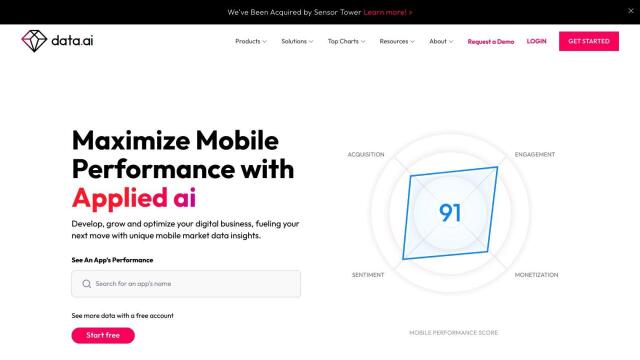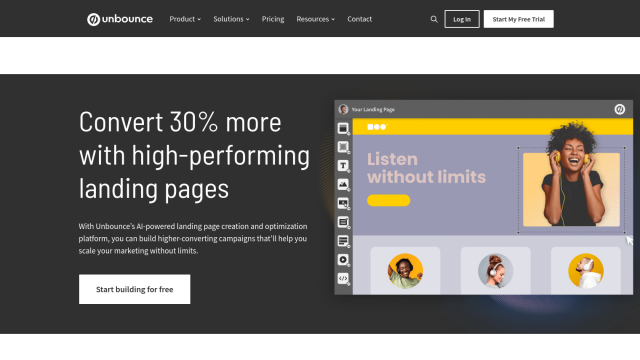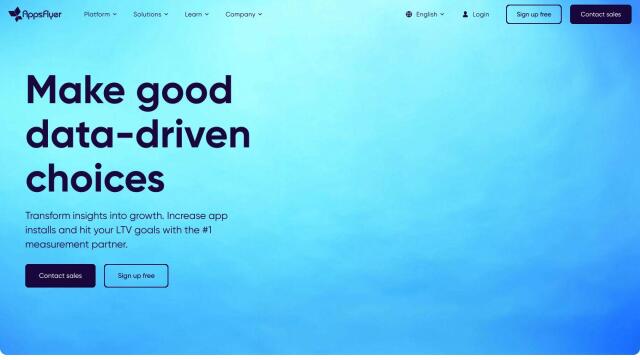Question: I'm looking for a solution that helps me understand the reasons behind changes in my marketing KPIs, can you suggest something?


Blobr
If you're looking for a tool to help you understand what's going on behind the scenes when your marketing KPIs change, Blobr is a good option. This AI-based information retrieval system can link to a variety of marketing tools like Stripe, HubSpot and Google Analytics to monitor marketing trends, anomalies and patterns. Blobr offers daily reports on what's causing changes to KPIs so you can concentrate on strategy, not data wrangling. Its always-on AI monitoring and proactive insights make it a good choice for optimizing your marketing.

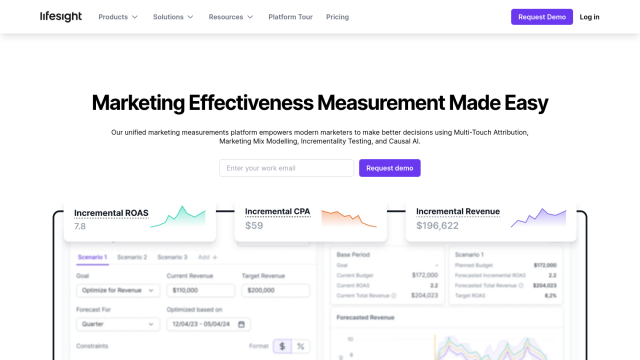
Lifesight
Another powerful option is Lifesight, a single marketing measurement platform that offers data and AI-powered insights. It includes a Triangulation Framework for measuring marketing impact across online and offline channels, Goal Setting and Forecasting, Incrementality Intelligence, and Goal Progress Tracking. Lifesight works with a variety of industries and integrates with many marketing and sales channels, so it's a good option for companies that want to get the most out of their marketing spend and optimize their campaigns.

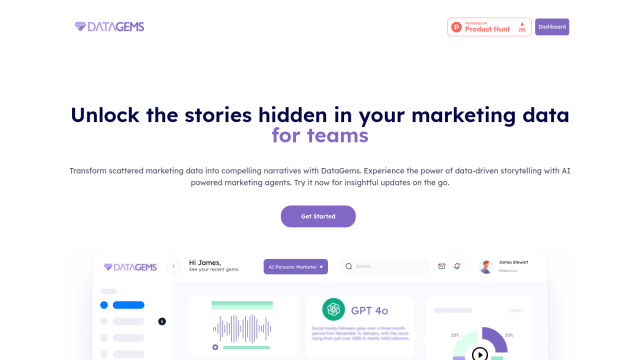
DataGems
If you want something more flexible, DataGems uses AI-powered marketing agents to aggregate disparate marketing data into a single narrative. It can connect to sources like Instagram, Mixpanel and Google Analytics and offers real-time updates and key insight reporting. DataGems is good for tasks like Ads Spend Optimization and Social Media Reach monitoring, and it can help you build a data culture with its many metrics and customizable templates.

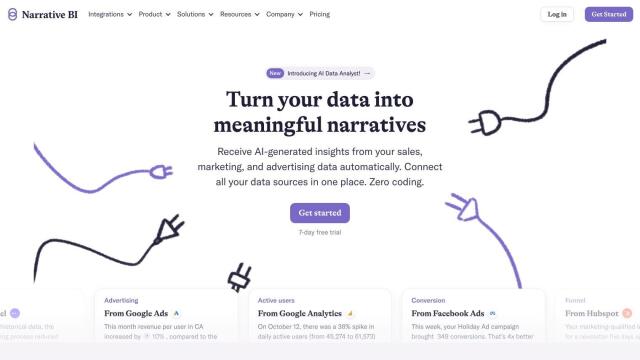
Narrative BI
Last, Narrative BI uses natural language processing to generate insights and automate reports from multiple data sources. It can link to Google Analytics, Google Ads and Facebook Ads, so it's a good choice for small to medium-sized businesses and marketing agencies. Narrative BI's generative business intelligence and anomaly detection features can help non-technical team members understand complex marketing data and optimize campaigns.

